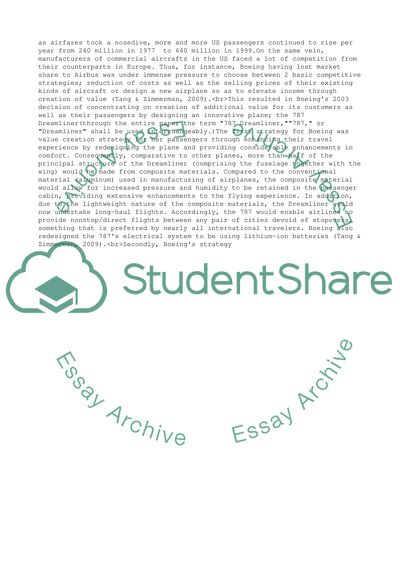Cite this document
(Business continuity management Essay Example | Topics and Well Written Essays - 2000 words, n.d.)
Business continuity management Essay Example | Topics and Well Written Essays - 2000 words. https://studentshare.org/management/1867831-business-continuity-management
Business continuity management Essay Example | Topics and Well Written Essays - 2000 words. https://studentshare.org/management/1867831-business-continuity-management
(Business Continuity Management Essay Example | Topics and Well Written Essays - 2000 Words)
Business Continuity Management Essay Example | Topics and Well Written Essays - 2000 Words. https://studentshare.org/management/1867831-business-continuity-management.
Business Continuity Management Essay Example | Topics and Well Written Essays - 2000 Words. https://studentshare.org/management/1867831-business-continuity-management.
“Business Continuity Management Essay Example | Topics and Well Written Essays - 2000 Words”. https://studentshare.org/management/1867831-business-continuity-management.


